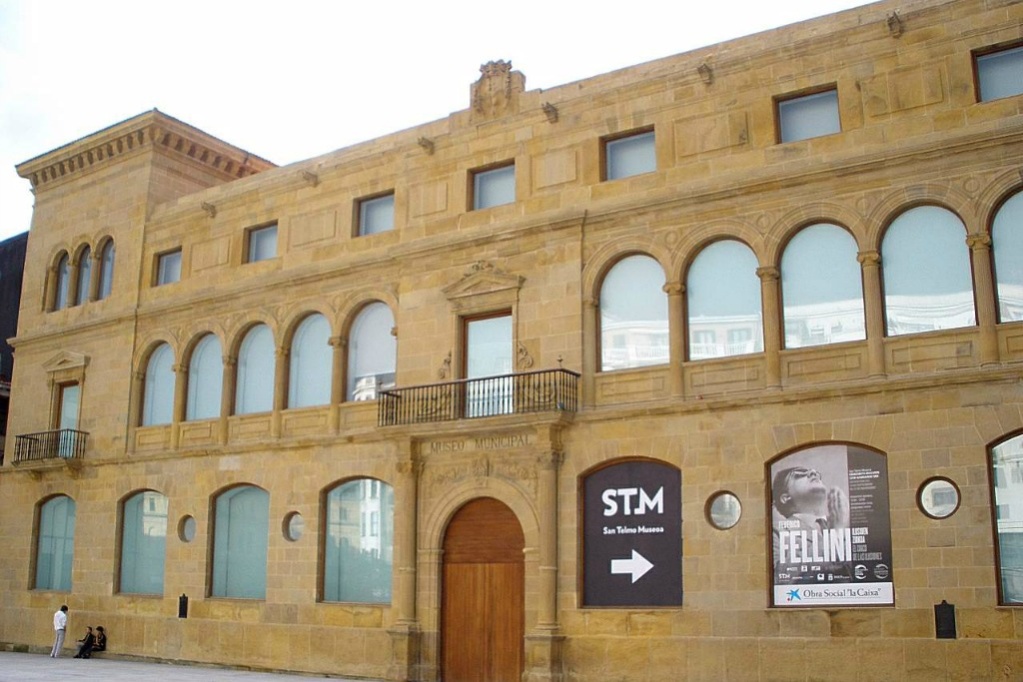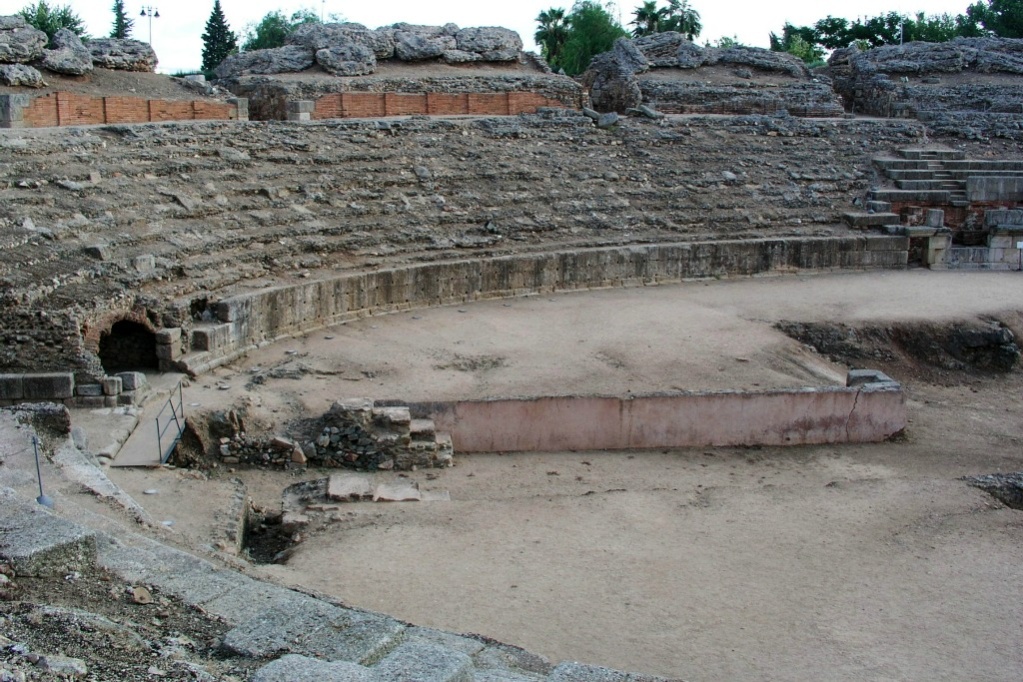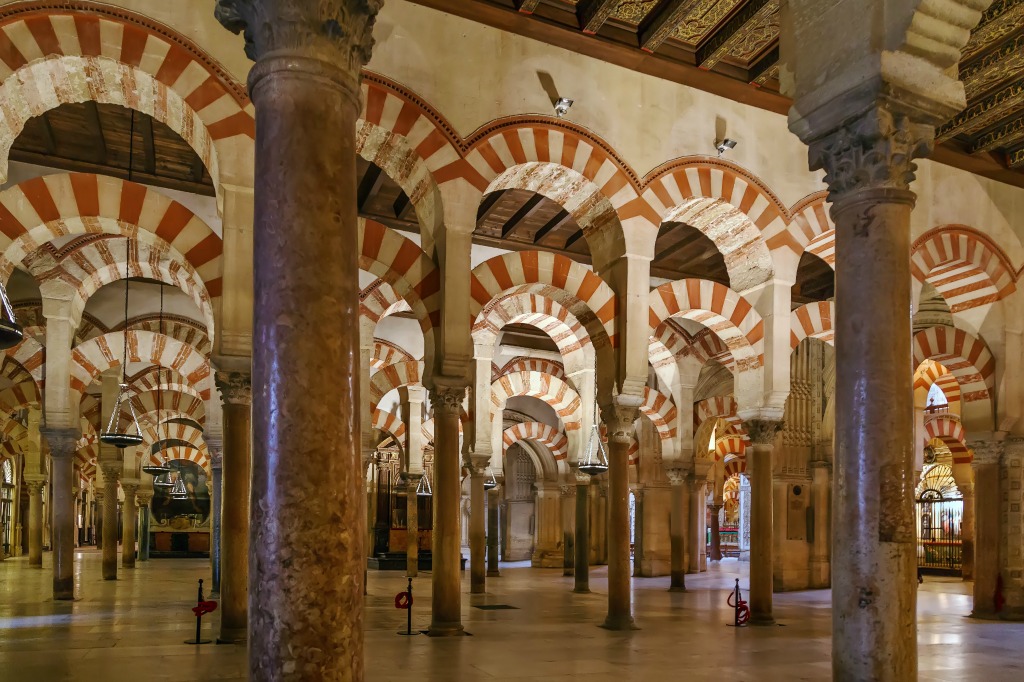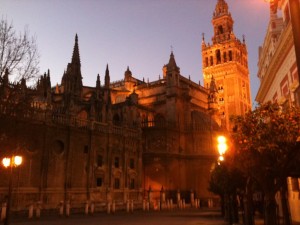San Sebastian Spain Travel Guide A Vagabond Life
San Sebastian, Spain, is a picturesque coastal city in the Basque Country, renowned for its stunning beaches, world-class cuisine, and rich cultural heritage. Nestled along the Bay of Biscay, San Sebastian—locally known as Donostia—offers a unique blend of natural beauty and vibrant urban life. With its crescent-shaped La Concha Beach often cited as one of the best city beaches in Europe, San Sebastian is a top destination for sun-seekers and surfers alike.
The city is also a culinary haven, famous for its pintxos—the Basque version of tapas—found in the lively bars of the Old Town (Parte Vieja). San Sebastian boasts an impressive concentration of Michelin-starred restaurants, making it a must-visit for food enthusiasts. Beyond its culinary delights, San Sebastian, Spain, is steeped in history and culture, with landmarks like the Buen Pastor Cathedral and the Miramar Palace offering a glimpse into its regal past.
San Sebastian is also a cultural hotspot, hosting the prestigious San Sebastian International Film Festival each September, attracting filmmakers and celebrities from around the world. Whether you’re exploring its scenic coastline, indulging in gourmet experiences, or immersing yourself in Basque culture, San Sebastian, Spain, promises an unforgettable experience.
San Sebastian Spain Map
Getting To San Sebastian Spain
On Foot
San Sebastian is a compact and walkable city, making it easy to explore its many attractions on foot. The Old Town (Parte Vieja), with its narrow streets and historic buildings, is best experienced by walking. The city’s layout, with its beautiful beachfront promenades, such as along La Concha Beach, invites leisurely strolls. Most of the major sights, including Monte Urgull, Monte Igueldo, and the Cathedral of the Good Shepherd, are within walking distance of each other, allowing you to soak in the city’s charm at your own pace.
By Bicycle
Bicycling is a popular and eco-friendly way to get around San Sebastian. The city is equipped with a well-developed network of bike lanes, known as bidegorris, that connect key areas, including the beaches, parks, and cultural sites. Bike rental shops are abundant, offering everything from standard bicycles to electric bikes. Cycling along the beachfront paths or through the scenic Aiete Park provides a different perspective of the city and is a great way to cover more ground.
By Public Transport
San Sebastian’s public transport system is efficient and user-friendly. The city’s bus network, operated by Dbus, covers all major neighborhoods and attractions. Buses are frequent, with routes connecting the city center to areas like Gros, Antiguo, and Amara. A reloadable travel card, available at kiosks, offers discounted fares and easy access. For exploring the surrounding Basque region, Euskotren trains and Lurraldebus buses provide connections to nearby towns and attractions.
By Taxi
Taxis are widely available in San Sebastian and are a convenient option for short trips or late-night travel. They can be hailed on the street, found at taxi ranks, or booked via phone or mobile apps. Fares are metered, and while taxis are more expensive than buses, they offer a quick and direct way to reach your destination, especially if you’re traveling with luggage or in a group.
Navigating San Sebastian, Spain, is straightforward, whether you prefer to walk, cycle, or use public transportation. The city’s compact size and well-connected infrastructure make it easy to explore and enjoy all that this beautiful Basque destination has to offer.
Getting Around San Sebastian Spain
By Air
San Sebastian, Spain, is accessible by air through several nearby airports. The closest is San Sebastian Airport (EAS), located about 20 kilometers from the city center in Hondarribia. Although it’s a small airport with limited international flights, it offers convenient connections from Madrid and Barcelona. From the airport, you can reach the city by taxi, which takes around 20 minutes, or by bus, which offers a more economical option. For international travelers, Bilbao Airport (BIO), about 100 kilometers away, is the most common gateway, with a wider range of flights. Regular buses connect Bilbao Airport to San Sebastian, with the journey taking approximately 75 minutes. Another option is Biarritz Airport (BIQ) in France, about 50 kilometers away, offering easy cross-border access to San Sebastian.
By Train
San Sebastian’s Estación del Norte railway station is well-connected to major cities in Spain and France. High-speed trains (Renfe’s Alvia service) link San Sebastian with Madrid in just over 5 hours and with Barcelona in around 6 hours. There are also regional trains connecting San Sebastian to Bilbao and other Basque cities. The station is centrally located, making it convenient for travelers to access the city’s attractions.
By Bus
Long-distance buses are another popular way to reach San Sebastian. The city’s main bus station, located near the city center, offers services from numerous Spanish cities, including Madrid, Barcelona, Bilbao, and Pamplona, as well as international routes from France and beyond. Companies like Alsa and Pesa provide frequent and comfortable services. The journey from Madrid takes about 5.5 hours, while from Bilbao, it’s just over an hour.
Things To See & Do In San Sebastian Spain
San Sebastian Cathedral
San Sebastian Cathedral, also known as the Catedral del Buen Pastor (Cathedral of the Good Shepherd), is a prominent religious landmark in the heart of San Sebastian, Spain. This Neo-Gothic masterpiece, designed by the architect Manuel de Echave, was built in the late 19th century and stands as a testament to the city’s enduring Catholic heritage. Its majestic twin spires rise above the city skyline, making it an iconic feature of San Sebastian’s landscape.
Inside the cathedral, visitors are welcomed by an interior adorned with intricate stained glass windows, towering pillars, and a beautifully crafted altar. The cathedral’s tranquil atmosphere offers a serene escape from the bustling streets of the city. A visit to San Sebastian Cathedral not only allows travelers to appreciate its architectural beauty but also provides a moment of reflection and peace in the heart of this vibrant Basque coastal town. Whether you’re a history enthusiast, an architecture buff, or simply seeking a quiet moment of contemplation, the cathedral holds a special place in the cultural and spiritual fabric of San Sebastian.
San Sebastian Beach of La Concha
La Concha Beach is the crown jewel of San Sebastian Spain, gracefully curving along the city’s bay and offering a striking backdrop to the majestic San Sebastian Cathedral. With its golden sands and calm waters, La Concha is often hailed as one of Europe’s most beautiful urban beaches. The beach is framed by lush green hills and a scenic promenade, making it a picture-perfect destination for both sunbathers and those seeking a leisurely stroll along the coastline. Its crescent shape and crystal-clear waters make it an ideal spot for swimming, paddleboarding, and other water activities. The juxtaposition of the serene beach against the grandeur of the cathedral creates a captivating harmony, where natural beauty meets architectural splendor, making San Sebastian a destination that seamlessly combines culture and coastal charm.
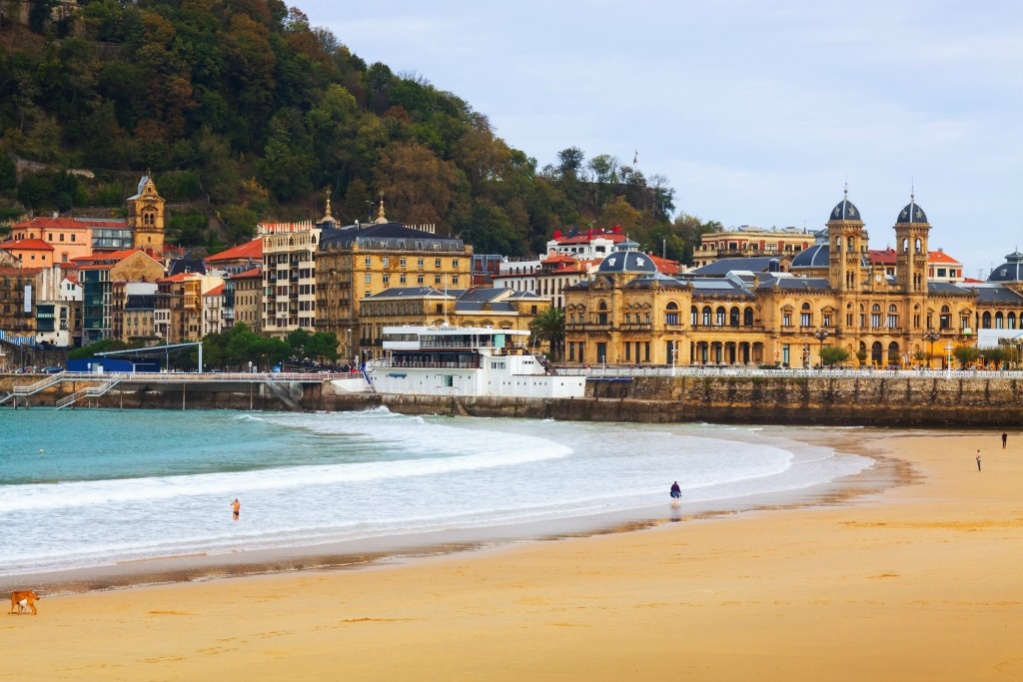
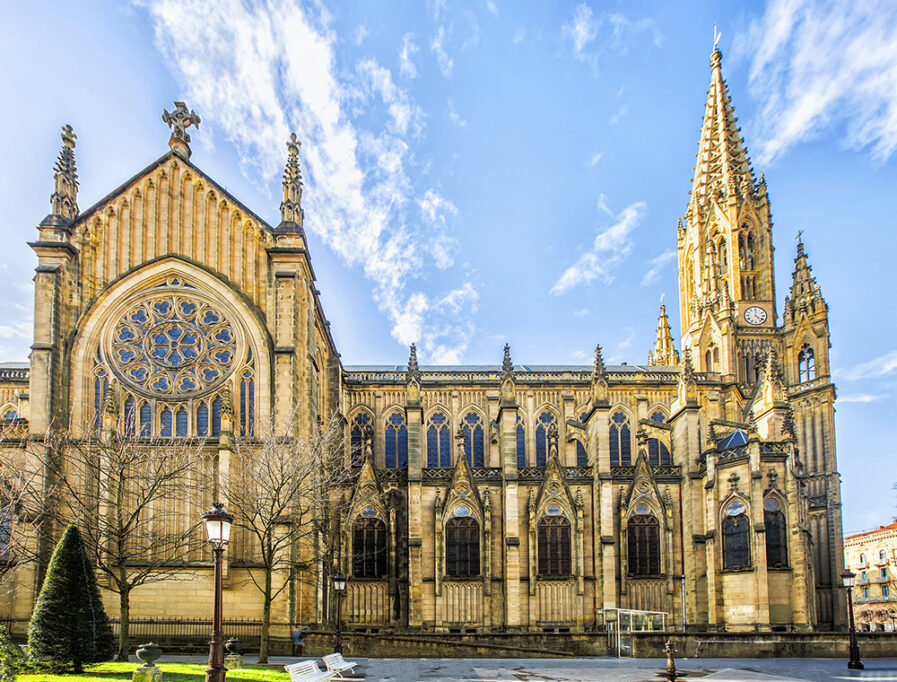
San Telmo Museoa San Sebastian
San Telmo Museoa, located in the heart of San Sebastian Spain, is a cultural treasure trove that invites visitors to delve into the rich history and diverse culture of the Basque Country. Housed in a beautifully restored 16th-century Dominican convent, the museum provides a captivating journey through the region’s heritage, art, and traditions. Its extensive collection spans centuries, featuring everything from archaeological artifacts and fine art to interactive exhibits that showcase the Basque people’s way of life. As you explore the museum’s halls and galleries, you’ll gain insights into the Basque Country’s language, folklore, maritime history, and contemporary culture, making it a must-visit destination for those eager to understand the deep-rooted traditions and vibrant identity of this unique corner of Spain. San Telmo Museoa not only offers a cultural immersion but also a glimpse into the soul of the Basque Country.
Pintox In San Sebastian Spain
San Sebastian Spain is renowned worldwide for its culinary excellence, and at the heart of its gastronomic culture lies the beloved pintxo. Pintxos are small, flavorful bites that often consist of a variety of ingredients, creatively assembled and served on a small slice of bread, secured with a toothpick or skewer. They are typically enjoyed as a pre-dinner snack or paired with drinks at the city’s numerous pintxos bars. What sets pintxos apart from Spanish tapas is not only their presentation but also the emphasis on artistic and intricate arrangements of flavors. In San Sebastian, pintxos are elevated to an art form, with chefs constantly innovating to create visually stunning and delectable combinations, often showcasing the region’s finest seafood, meats, cheeses, and produce.
The history of pintxos can be traced back to the Basque Country, with San Sebastian being a central hub for this culinary tradition. Originally, pintxos were simple pieces of bread or skewered food used to cover drinks to prevent flies from getting in—a practical solution that eventually evolved into a celebrated culinary tradition. Over time, the Basque Country’s culinary creativity transformed pintxos into an exquisite and diverse array of miniature culinary masterpieces. Today, wandering the streets of San Sebastian Spain and indulging in pintxo hopping, known as “poteo,” is a cherished local pastime and a must-do experience for any visitor looking to savor the authentic flavors of this Basque gastronomic wonderland.
